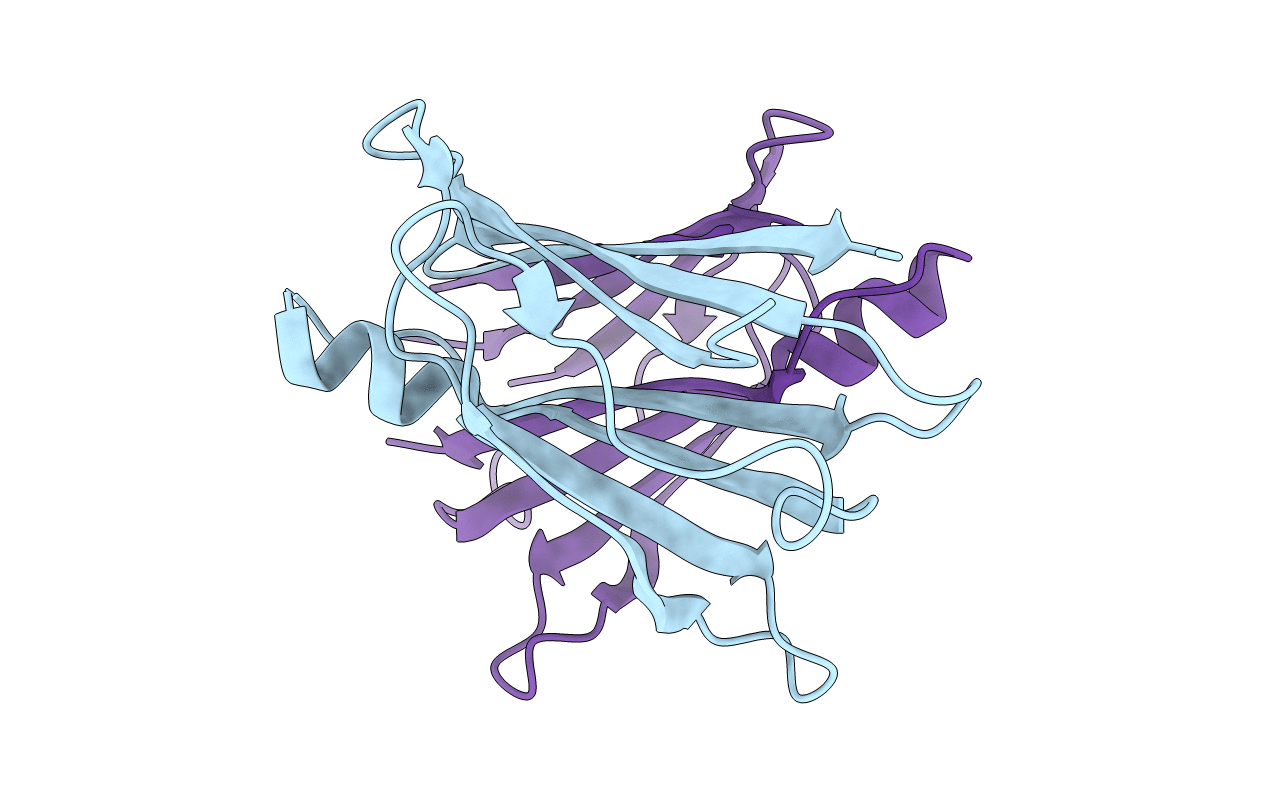
Deposition Date
2004-08-16
Release Date
2005-03-22
Last Version Date
2023-08-23
Entry Detail
PDB ID:
1X7T
Keywords:
Title:
Structure of TTR R104H: a non-amyloidogenic variant with protective clinical effects
Biological Source:
Source Organism:
Homo sapiens (Taxon ID: 9606)
Host Organism:
Method Details:
Experimental Method:
Resolution:
1.60 Å
R-Value Free:
0.25
R-Value Work:
0.19
R-Value Observed:
0.20
Space Group:
P 21 21 2


